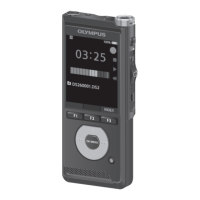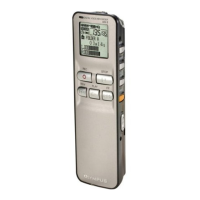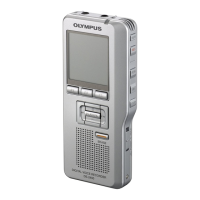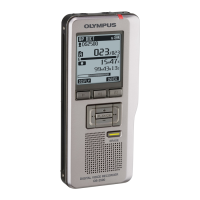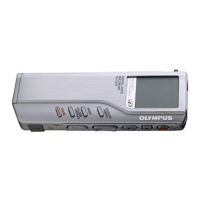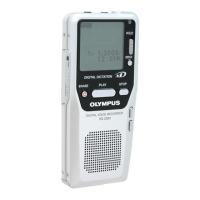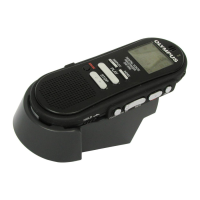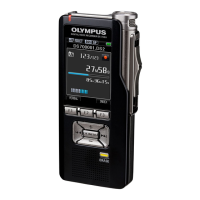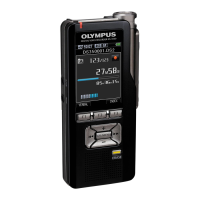What to do if my Olympus DS-2600 is unable to erase?
- CChristine GriffinAug 12, 2025
If you cannot erase files on your Olympus Voice Recorder, it might be because the file or the memory card is locked. Unlock the file from the file menu, or unlock the memory card.
